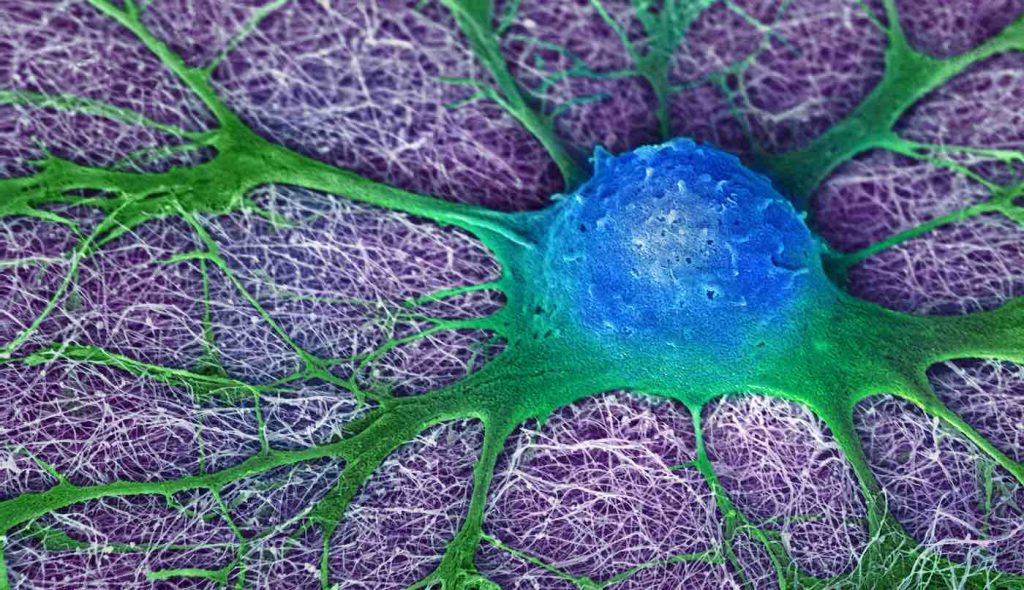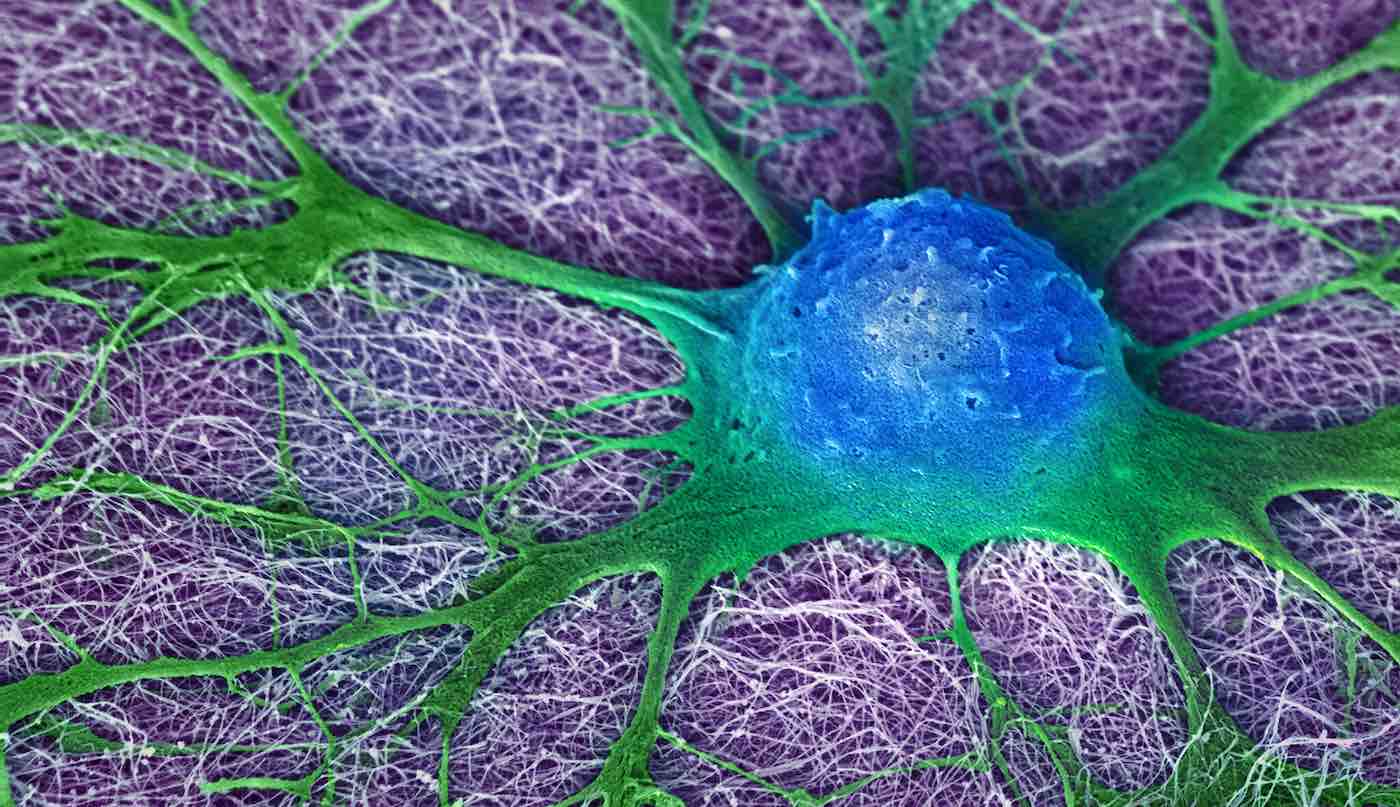There are two drugs that have been developed by Salk Institute researchers to successfully treat Alzheimer’s in mice—and now, they have found that the very same drug compounds can also slow the aging process in the brains of healthy older mice.
In mouse models of Alzheimer’s disease, the investigational drug candidates known as CMS121 and J147 improve memory and slow the degeneration of brain cells. Now, Salk researchers have shown how these compounds can also slow aging in healthy older mice by blocking the damage to brain cells that normally occurs during aging and restoring the levels of specific molecules to those seen in younger brains.
The research, published last month in the journal eLife, suggests that the drug candidates may be useful for treating a broader array of conditions and points out a new pathway that links normal aging to Alzheimer’s disease.
“This study further validated these two compounds not only as Alzheimer’s drug candidates but also as potentially more widely useful for their anti-aging effects,” says Pamela Maher, a senior staff scientist at Salk and a co-corresponding author of the new paper.
Old age is the biggest risk factor for Alzheimer’s disease—above the age of 65, a person’s risk of developing the disease doubles about every five years. However, at a molecular level, scientists aren’t sure what occurs in the brain with aging that contributes to Alzheimer’s.
“The contribution of old age-associated detrimental processes to the disease has been largely neglected in Alzheimer’s disease drug discovery,” says Antonio Currais, a Salk staff scientist and first author of the new paper.
Maher and David Schubert, the head of Salk’s Cellular Neurobiology Lab, previously developed CMS121 and J147, variants of plant compounds with medicinal properties. Both compounds—derivatives of the flavonol fisetin, and a molecule present in the curry spice curcumin—tested positive for their ability to keep neurons alive when exposed to cellular forms of stress related to aging and Alzheimer’s disease.

Since then, the researchers have used the drug candidates to treat Alzheimer’s in animal models of the disease. But experiments revealing exactly how the compounds work suggested that they were targeting molecular pathways also known to be important in longevity and aging.
CHECK OUT: Scientists Discover Molecule That Triggers Self-Destruction of Pancreatic Cancer Cells
In the new research, Maher, Currais, and their colleagues turned to a strain of mice that ages unusually fast. A subset of these mice was given CMS121 or J147 beginning at nine months old—the equivalent of late middle age in humans. After four months, the team tested the memory and behavior of the animals and analyzed genetic and molecular markers in their brains.
Not only did the animals given either of the drug candidates perform better on memory tests than mice that hadn’t received any treatment, but their brains showed differences at the cellular and molecular levels. In particular, expression of genes associated with the cell’s energy-generating structures called mitochondria was preserved by CMS121 and J147 during aging.
LOOK: Revolutionary New Arm Cast is Waterproof, Breathable, and Itch-Free
“The bottom line was that these two compounds prevent molecular changes that are associated with aging,” says Maher.
More detailed experiments showed that both drugs affected mitochondria by increasing levels of the chemical acetyl-coenzyme A (acetyl-coA). In isolated brain cells, when the researchers blocked an enzyme that normally breaks down acetyl-CoA, or when they added extra amounts of an acetyl-coA precursor, they saw the same beneficial effect on mitochondria and energy generation. The brain cells became protected against the normal molecular changes associated with aging.
“There was already some data from human studies that the function of mitochondria is negatively impacted in aging and that it’s worse in the context of Alzheimer’s,” says Maher. “This helps solidify that link.”
Maher and Currais are planning future experiments to test the effects of CMS121 and J147 on how other organs age. They also hope to use the new results to inform the development of new Alzheimer’s drugs; targeting other molecules in the acetyl-coA pathway may help treat the disease, they hypothesize.
“We are now using a variety of animal models to investigate how this neuroprotective pathway regulates specific molecular aspects of mitochondrial biology, and their effects on aging and Alzheimer’s,” says Currais.
Reprinted from The Salk Institute
Don’t Let This Story Become Old News Without Sharing It With Your Friends On Social Media…





















Both compounds—derivatives of the flavonol fisetin, and a molecule present in the curry spice curcumin—tested positive for their ability to keep neurons alive when exposed to cellular forms of stress related to aging and Alzheimer’s disease.
Folks..the solution is in your cupboard! Go get the Turmeric and put a teaspoon in water and drink!
Do this once a day with a few flakes of paper..if you have symptoms of dementia have a cup of tea with teaspoons of Turmeric, Cinnamon and Ginger..a few times a day. Coconut oil may also help. Stop eating fatty food and animal protein. Also check out Dr Dale Bredesen’s work.